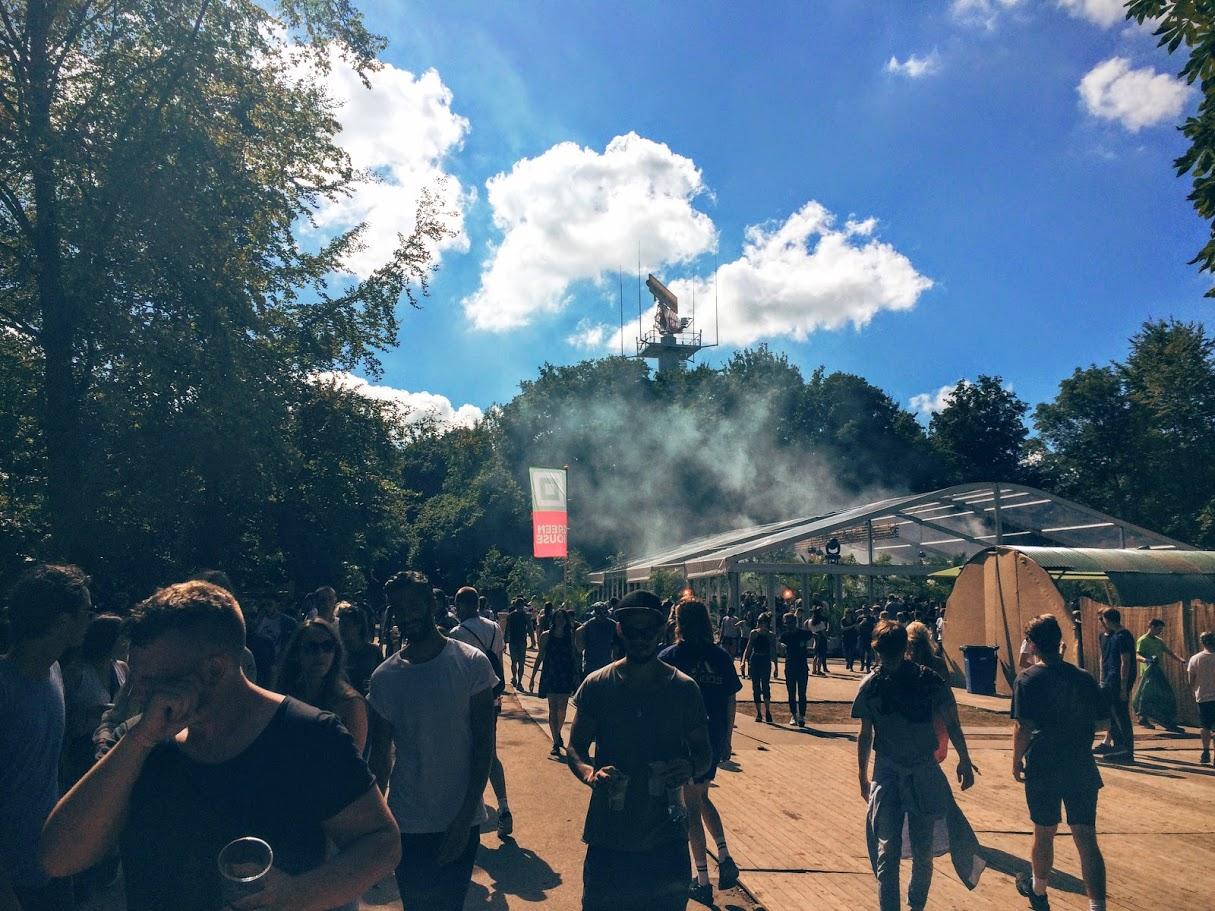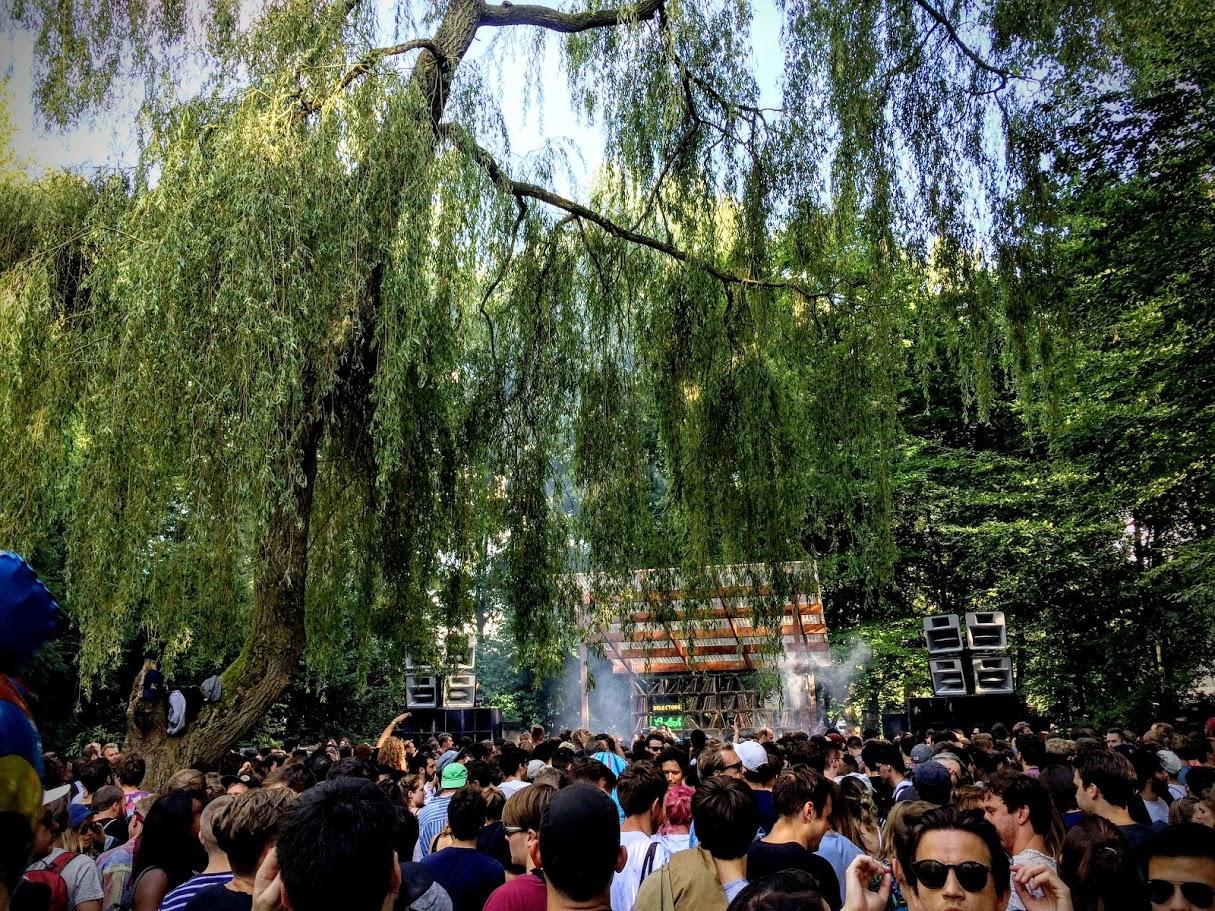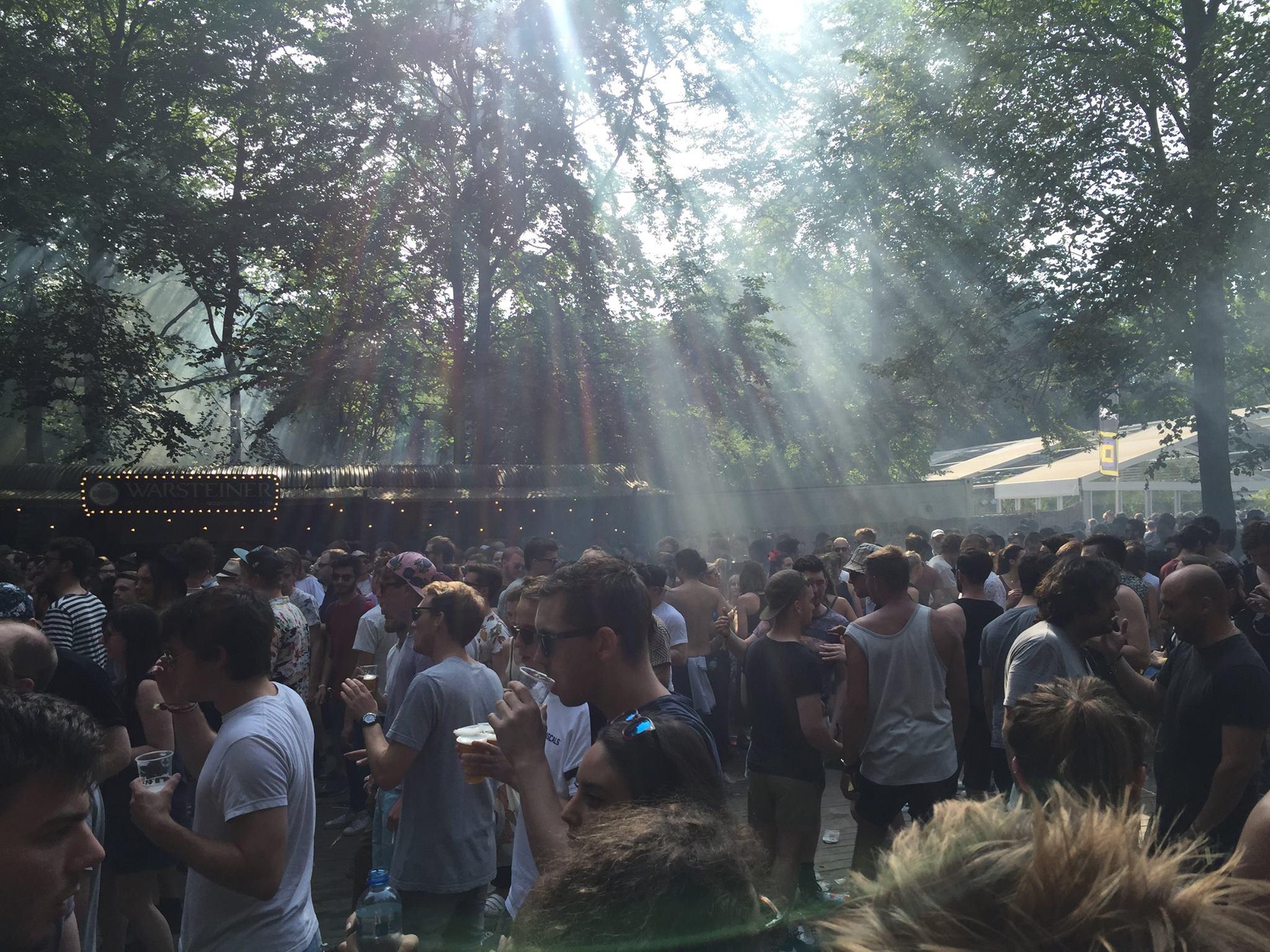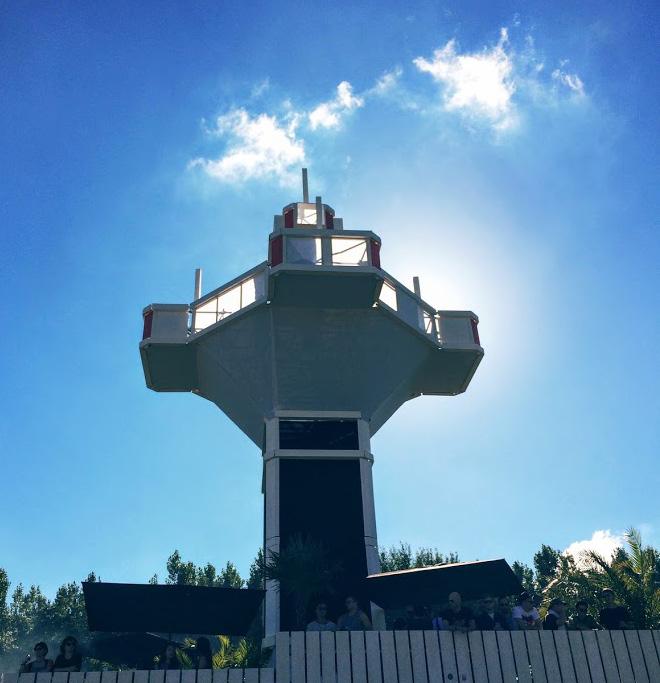How best to do Dekmantel Festival 2017
Here are all the things to bear in mind for one of Europe's most unrivalled electronic music festivals

Dekmantel festival, the three-day electronic music festival set in a woodland park in Amsterdam in early August, offers an alluring combination for ravers: a rural setting within an accessible central European city, on a usefully small festival site, providing five stages with an unrivalled booking policy that places household gurus of the scene alongside avant-garde wizards whom you rarely catch elsewhere.
Without coming across like an over-excited Trip Advisor shill for the festival, for British fans who want an overseas adventure, Dekmantel simply offers a more affordable option than its rival festivals in Croatia and the Balkans, with both camping and city-living options, off-site night parties to rival most big European cities on any given weekend, and a festival site design that more or less puts the experience of the attendees front and centre.
Now being one of electronic music’s biggest brands, with a flourishing label and two more new festivals last year in Tisno and Brazil, Dekmantel could easily have enlarged the size of their flagship gathering much more significantly than they have in recent years, to become a household name on the wider festival circuit outside the confines of self-identifying electronic music fans, akin to the likes of Dimensions or the come one, come all Tomorrowland.
This would make them a lot of money, but those who know the ethos of Dekmantel, which at its heart is a deep love for, and nurturing of the culture, such an outcome is highly unlikely. As such, the attendance remains capped at around 10,000 attendees for the day program each day.
Now into its fifth year, its flagship programme on August 3-6 has stuck to a winning formula in terms of organisation, with the only variable being an ever-increasing desire to make genuinely atypical bookings you could rarely find elsewhere, alongside the reliable big-hitters.
1. Do not worry about unresolvable clashes
Dekmantel's refined booking policy combined with five stages of relatively short sets entail the kind of non-stop scheduling clashes to give you cold sweats and sleepless nights in your decision-making. Thankfully, the small size of the festival site means you can remarkably get from one end to the furthest away stage within five minutes or less, taking into account the most whimsical stumbling of even the most disorganised group of mates.

This allows a genuine ability, if you’re feeling adventurous, to combine multiple 45-minute sessions of potentially all of, for example, Antal & Hunee on the Main Stage, Objekt & Call Super in the idyllic Selectors, queen of the scene Helena Hauff in the Boiler Room and the iconoclasts British Murder Boys in UFO, who all finish Sunday night’s proceedings together.
However, one of the defining characteristics of the artists at the zenith of electronic music currently is the musical eclecticism. As exhibited by the likes of Hunee, Young Marco or Call Super, there's a marked ability to shift seamlessly between disco, house, techno and much in between, often within the same sections of a single set.
This musical diversity means you will rarely feel limited remaining from start to finish in the single pair of comforting hands of any particular artist. Constantly moving between stages obviously has its drawbacks, despite the proximity of it all, and sometimes you have to simply cure your FOMO with the sweet anaesthetic of your chosen selector’s journey.
Enjoy unlimited access to 100 million ad-free songs and podcasts with Amazon Music
Sign up now for a 30-day free trial. Terms apply.
ADVERTISEMENT. If you sign up to this service we will earn commission. This revenue helps to fund journalism across The Independent.
Enjoy unlimited access to 100 million ad-free songs and podcasts with Amazon Music
Sign up now for a 30-day free trial. Terms apply.
ADVERTISEMENT. If you sign up to this service we will earn commission. This revenue helps to fund journalism across The Independent.

2. Make the most of the intergalactic tower
One downside of the usefully small festival site is the slight lack of space for sitting down and relaxing, which will be necessary if you want to consume as much as possible of the night program that ends at breakfast and the day program that begins at noon.
The UFO and Selectors stages don’t have space for sedentary chilling, while the space in the Boiler Room and beside the Greenhouse is limited. The Red Light Radio booth between the UFO and the Main Stage is well-placed to provide a soundtrack for when you do want to rest or eat, though often sparsely populated, it will feel only like background music compared to the actual stages.
The Main Stage, while at times it can unexpectedly feel intimate and accessible, does have more room to enjoy from afar, not least by means of an impressive, almost intergalactic white tower at the centre of the site, with (in recent years) a 3G grass surface and beach chairs on its various levels you can explore. It offers a raised vantage point across the main stage, whose line-up remains imperious this year, for the crucial times you’ll need to physically and mentally regroup and survey proceedings from afar.

3. Make the most of the environmental diversity
One could easily settle in, “front-left speaker” of any particular stage and not leave for twelve hours, fully morphing into the stage’s sesh gremlin that all groups use as a meeting point reference - and not feel musically under-nourished.
But you would be missing out in a different way. In typical festivals with five or more stages, the vast majority of the stages will probably look the same, with a few notable exceptions.
However, all five of Dekmantel’s stages have a distinct environmental character. The Main Stage is the most regular, but has a wide angle projection screen that comes into its own with night-time visual graphics. The stage also manages to situate the DJ close to the crowd to avoid a clinical, detached feeling, too common at other festivals' main stages.
The UFO is the only conventional tent-like structure, a huge enclosed space with a small entrance so as to block out the light and reality of the outside world, along with the most uncompromising line-up of techno and electro inside. Add in a disorientating, cosmic light show and you can feel you are launching into a distant galaxy, with a brutal soundtrack.
The Selectors stage offers the most idyllic aesthetic, with drooping willow trees meandering over the crowd, while the Boiler Room has a half cylindrical-bunker under which the artist plays, with grassy banks to enjoy away from the cameras.
The Greenhouse has palm tree pots and raised raving platforms along the sides of the DJ booth. The DJ is not elevated at all, and so can be quick difficult to see – perhaps no bad thing – although the small space inside the house can be a double-edged sword. It can create a special, collective atmosphere when a mood develops, as Moodymann and Black Madonna showed last year, but it can also feel a bit cramped without that atmosphere.
Either way, all stages bring their own character and scenic flavour, that only add to the sense that you are at no ordinary festival, witnessing no ordinary culture.
Join our commenting forum
Join thought-provoking conversations, follow other Independent readers and see their replies
Comments